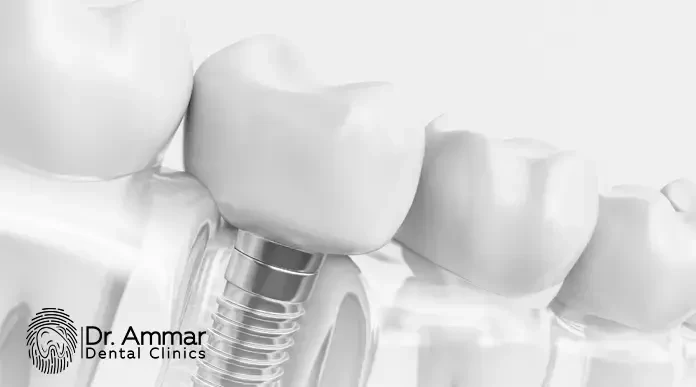Broken Tooth Extraction
A broken tooth can be more than just inconvenient—it may lead to infection, pain, and damage to surrounding structures if not addressed promptly. In cases where repair options like crowns or fillings aren’t viable, extraction becomes the safest and most effective solution.
Why Extraction Becomes Necessary
Extractions are considered when:
-
Fractures extend below the gum line, making restoration impossible.
-
Repeated treatments fail or the tooth keeps breaking, limiting long-term viability.
-
Infection, abscess, decay, or severe damage compromises the tooth's structure or spreads to adjacent tissues.
Only a professional evaluation—including clinical examination and X-rays—can determine if extraction is the most suitable treatment.
Types of Tooth Extraction
Two main techniques are used depending on the tooth’s condition:
-
Simple Extraction: Used when the tooth is visible and can be removed easily with elevators and forceps after administering local anesthesia.
-
Surgical Extraction: Required when the tooth is broken at or below the gum line, impacted, or in multiple fragments. This involves making incisions, removing surrounding bone if necessary, and sometimes stitching the site for proper healing.
What to Expect During the Procedure
Here are the basic steps you need to know about the extraction procedure:
-
Pre-Procedure: The dentist evaluates your condition using X-rays, discusses anesthesia or sedation if needed, and reviews your medical history.
During Extraction: -
Local anesthesia ensures the procedure is pain-free. Sedation may be offered for complex cases or anxious patients.
-
The dentist then loosens and removes the tooth using specialized tools. Surgical extractions may involve incisions and bone removal.
-
Immediate Aftercare:
-
Gauze is placed over the socket to control bleeding and promote clot formation.
-
The extraction site is cleaned; sutures may be used for surgical cases.
Recovery Tips for Faster Healing
During the recovery period, you should consider the following:
-
Bleeding & Swelling: Apply gauze with bite pressure and ice packs. Minor bleeding may persist for up to 24 hours.
-
Pain Management: NSAIDs like ibuprofen (or ibuprofen with acetaminophen) are effective. However, consult your dentist if you’re on blood thinners or have other health concerns.
-
Oral Care: Rinse gently with warm salt water, avoiding vigorous rinsing in the first days.
-
Diet: Stick to soft foods and avoid hot, spicy, crunchy, or hard items.
-
Rest: Limit physical activity for at least 24–48 hours.
Potential Complications to Watch For
If you notice any of the following, contact your dentist immediately:
-
Severe or increasing pain
-
Heavy bleeding or blood leaking beyond one day
-
Signs of infection: fever, pus, significant swelling
-
Dry socket—when the blood clot is lost, causing intense pain.
Preserving Bone After Extraction
To support future restorative options, such as dental implants, your dentist may perform socket preservation—filling the socket with bone graft material to slow bone resorption and maintain ridge shape.
At Dr. Ammar Dental Clinics, we specialize in safe, precise, and comfortable broken tooth extractions. Whether it’s a simple procedure or a more complex surgical case, our expert team uses advanced digital tools and gentle sedation to ensure your comfort and optimal outcomes.
Don’t delay your dental health—book your consultation with Dr. Ammar Clinics today and restore your smile with confidence.

